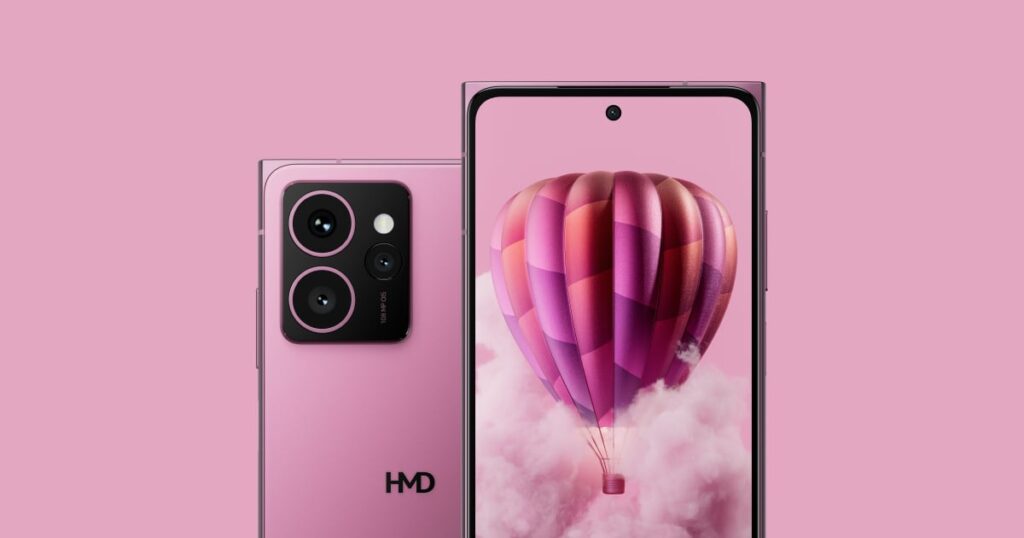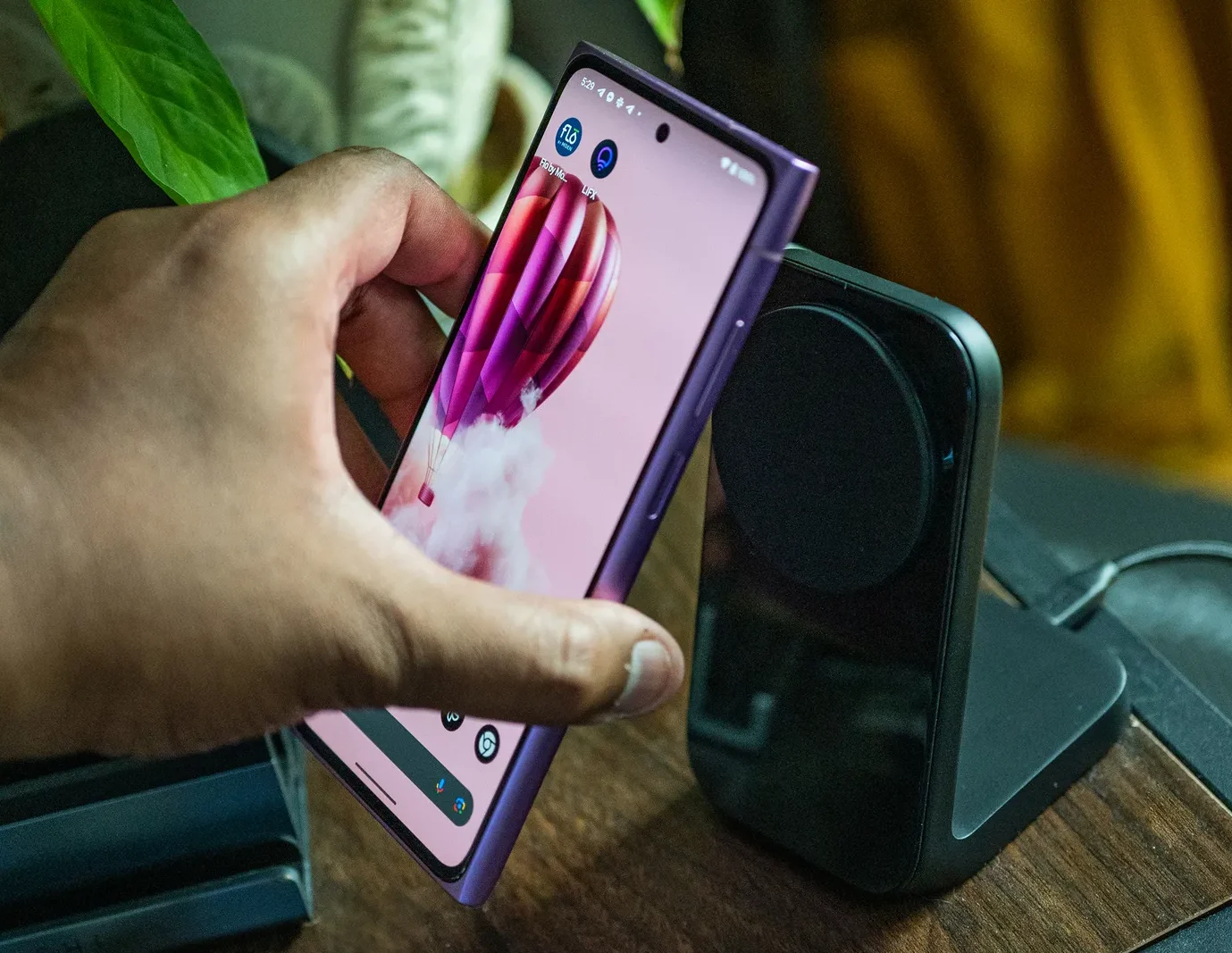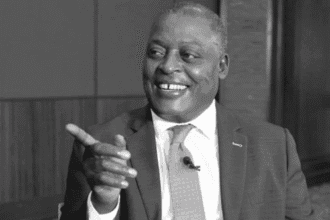
The HMD Skyline is making waves as the world’s first Qi2-certified Android phone, bringing a fresh take on wireless charging and repairability. But while it boasts some exciting features, it also has its share of quirks and limitations.
The Skyline is a trailblazer with its Qi2 support, offering magnetic charging and accessory compatibility akin to Apple’s MagSafe. This means you can easily snap on a magnetic battery pack or mount the phone on a Qi2 charger for seamless alignment and faster charging. The promise of magnetic tripods, camera accessories, and car docks sounds fantastic, right? Yet, my excitement hit a snag when I tested it out. Despite the phone’s magnetic connection to various chargers, it struggled to actually recharge. The Qi2 standard is supposed to work with older Qi chargers, but in practice, the alignment issues meant I had to invest in a Qi2-specific charger to get it working. And even then, the magnetic connection was less robust than I hoped, with the phone sometimes tilting or rotating awkwardly.

Bold Design with a Practical Twist

Let’s talk design. The Skyline sports a bold rectangular shape with flat edges and comes in a striking neon pink. It’s a statement piece, and I appreciate HMD’s willingness to embrace such vibrant colors. However, the phone does feel a bit slippery in hand, and the absence of a headphone jack might be a deal-breaker for some. On the upside, it includes a microSD card slot for extra storage, which is a nice touch.
One of the standout features is its user-repairability. In a world where electronics are often seen as disposable, the Skyline’s repair-friendly design is a breath of fresh air. Partnering with iFixit, HMD has made it possible to replace components like the battery and screen with minimal hassle and cost. For instance, you can swap out the battery for just $25 or replace the screen for $95. This emphasis on repairability not only extends the phone’s life but also aligns with the growing right-to-repair movement.
Performance and Display
Under the hood, the Skyline is powered by the Qualcomm Snapdragon 7S Gen 2 and 8 GB of RAM. It handles daily tasks and multitasking with ease, but its performance is more in line with midrange competitors like the Nothing Phone (2a) Plus or Samsung Galaxy A35. Unfortunately, it lags behind the Google Pixel 8A in terms of raw performance.
The 6.55-inch pOLED display is sharp and smooth, boasting a 144-Hz refresh rate. By default, it’s set to 120 Hz, but you can manually switch to the full 144 Hz if you prefer. On particularly bright days, the screen can be challenging to read, which is a bit of a letdown.
Battery life on the Skyline is decent but not remarkable. With a 4,600-mAh cell, I found myself needing to recharge around 10 or 11 pm with heavy use, ending the day with about 15 percent left. On lighter days, the battery lasted better, but a bug limited charging to 80 percent until I restarted the phone. While the Qi2 charging is a step forward, the practical aspects of its implementation leave something to be desired, especially with the weak magnetic connection.

The Skyline features a versatile triple-camera setup: a 50-MP telephoto lens, a 108-MP main camera, and a 13-MP ultrawide, along with a 50-MP selfie camera. The versatility is impressive, though the telephoto lens didn’t perform as well as I hoped, especially in low light. The main camera does a good job, and the selfie camera produces sharp, vibrant photos, but the overall camera experience feels a bit hit-or-miss.
Running Android 14, the Skyline is limited to two major OS updates and three years of security updates. This feels somewhat disappointing given the phone’s repairability. While the repair-friendly design might encourage users to keep the phone longer, the limited update policy could be a sticking point for some.
The HMD Skyline offers a glimpse into the future with its Qi2 support and user-repairability, but it’s not without its challenges. Its magnetic charging feature is exciting but comes with alignment issues, and the phone’s overall performance and update policy might not make it the top choice for everyone. If you’re eager for the latest in wireless charging and appreciate the ability to repair your device yourself, the Skyline is worth a look. For those seeking a more well-rounded phone with better performance and longer software support, you might want to consider alternatives like the Pixel 8A or Nothing Phone (2a) Plus.





